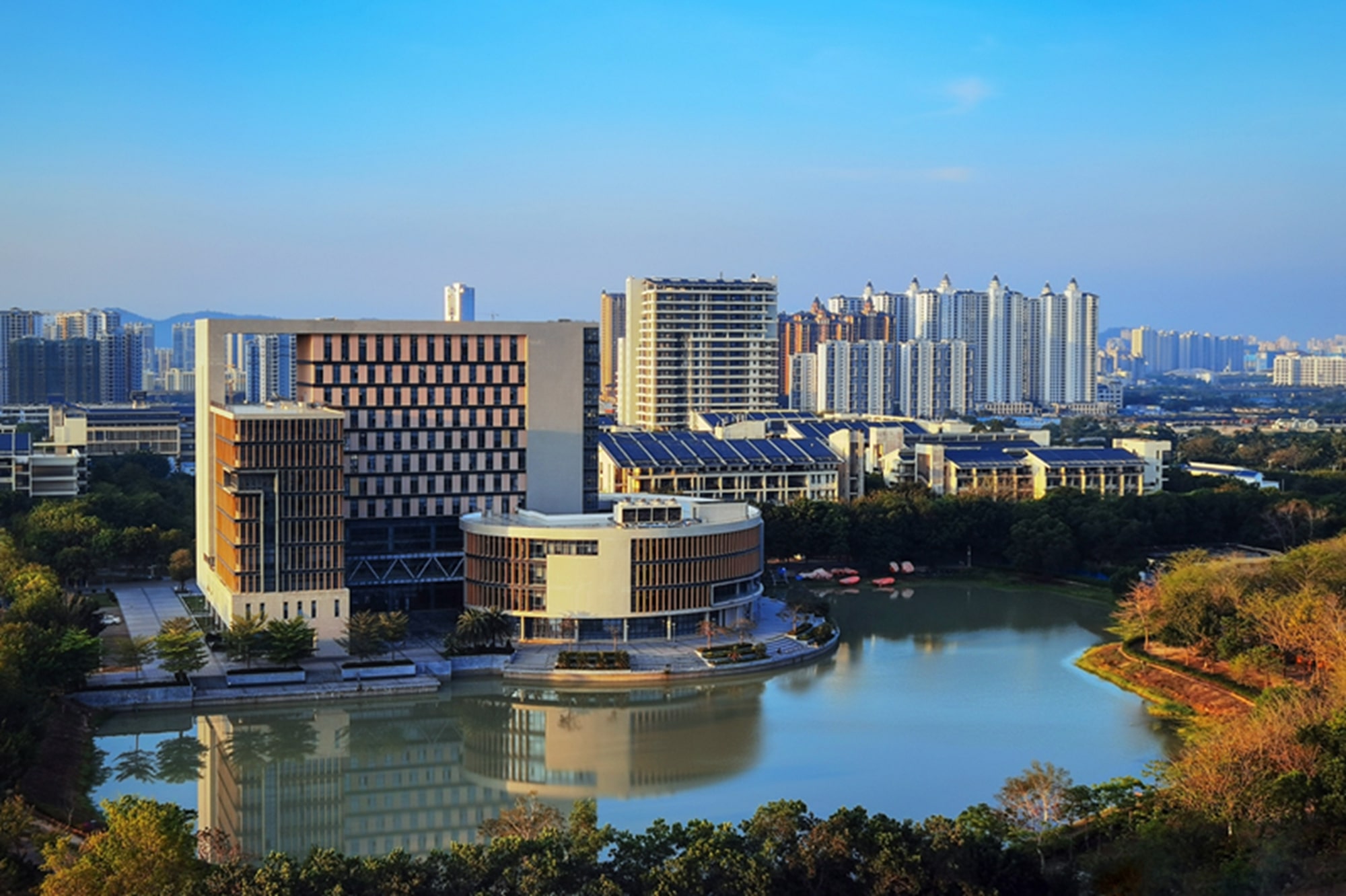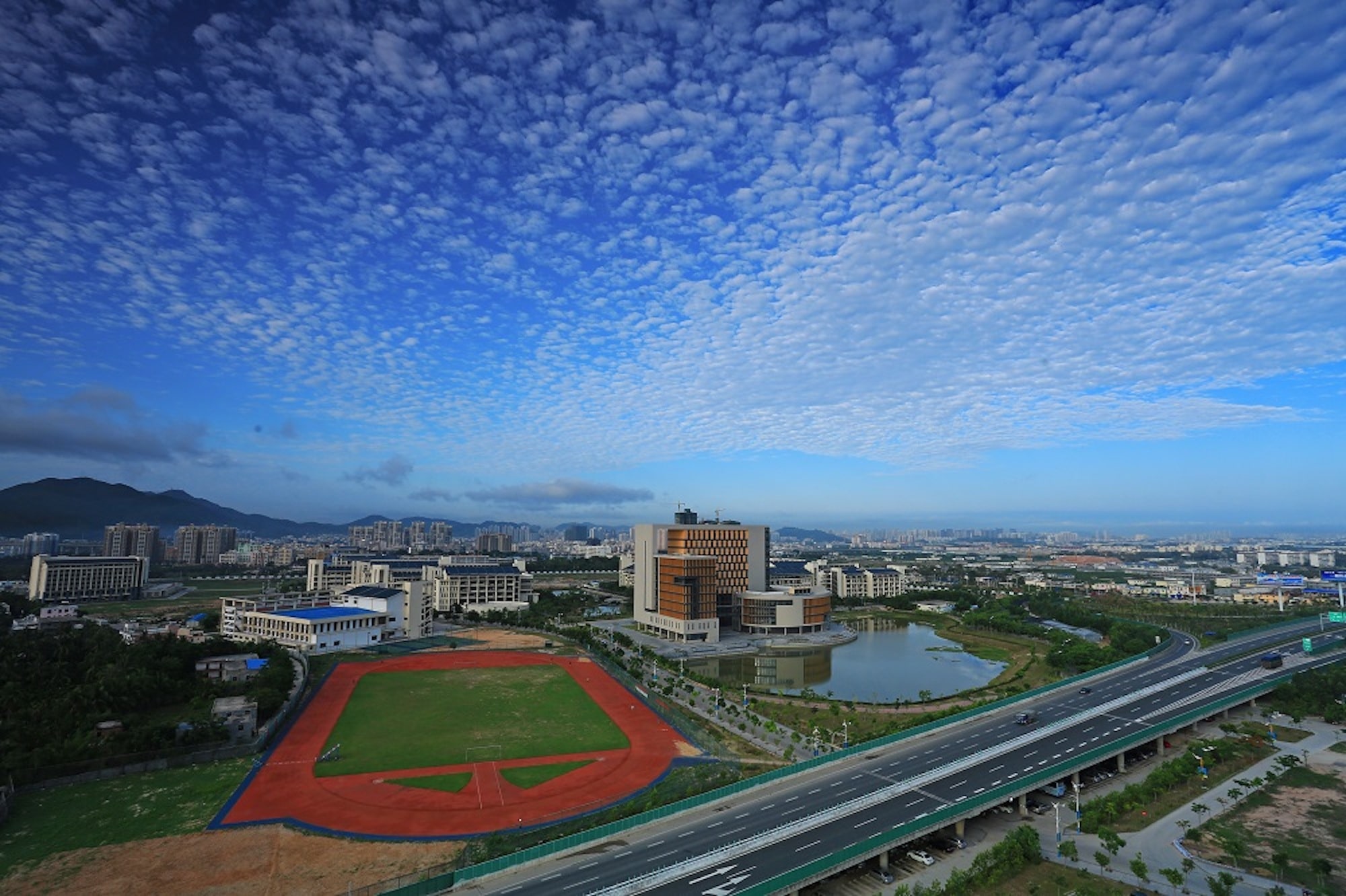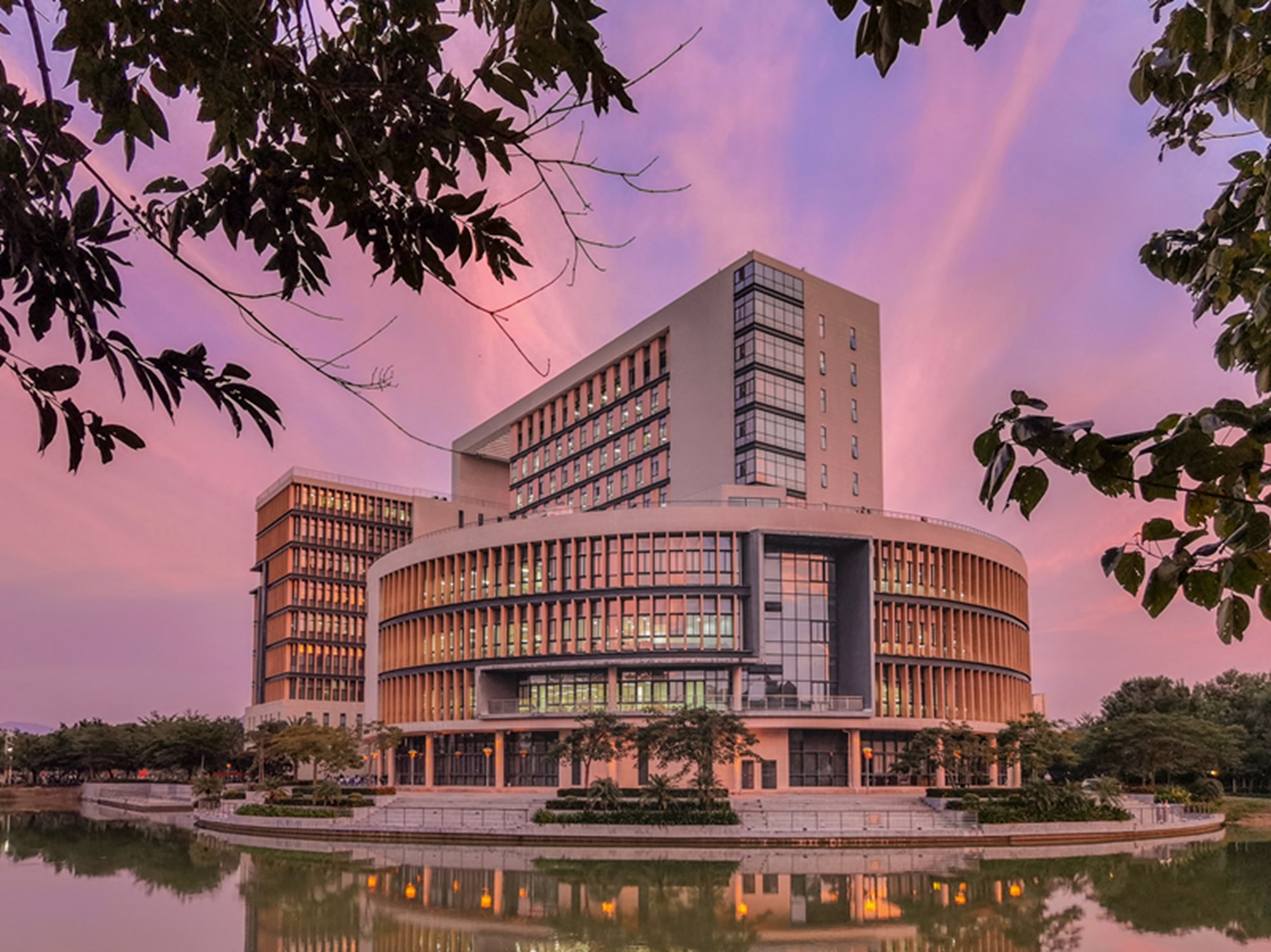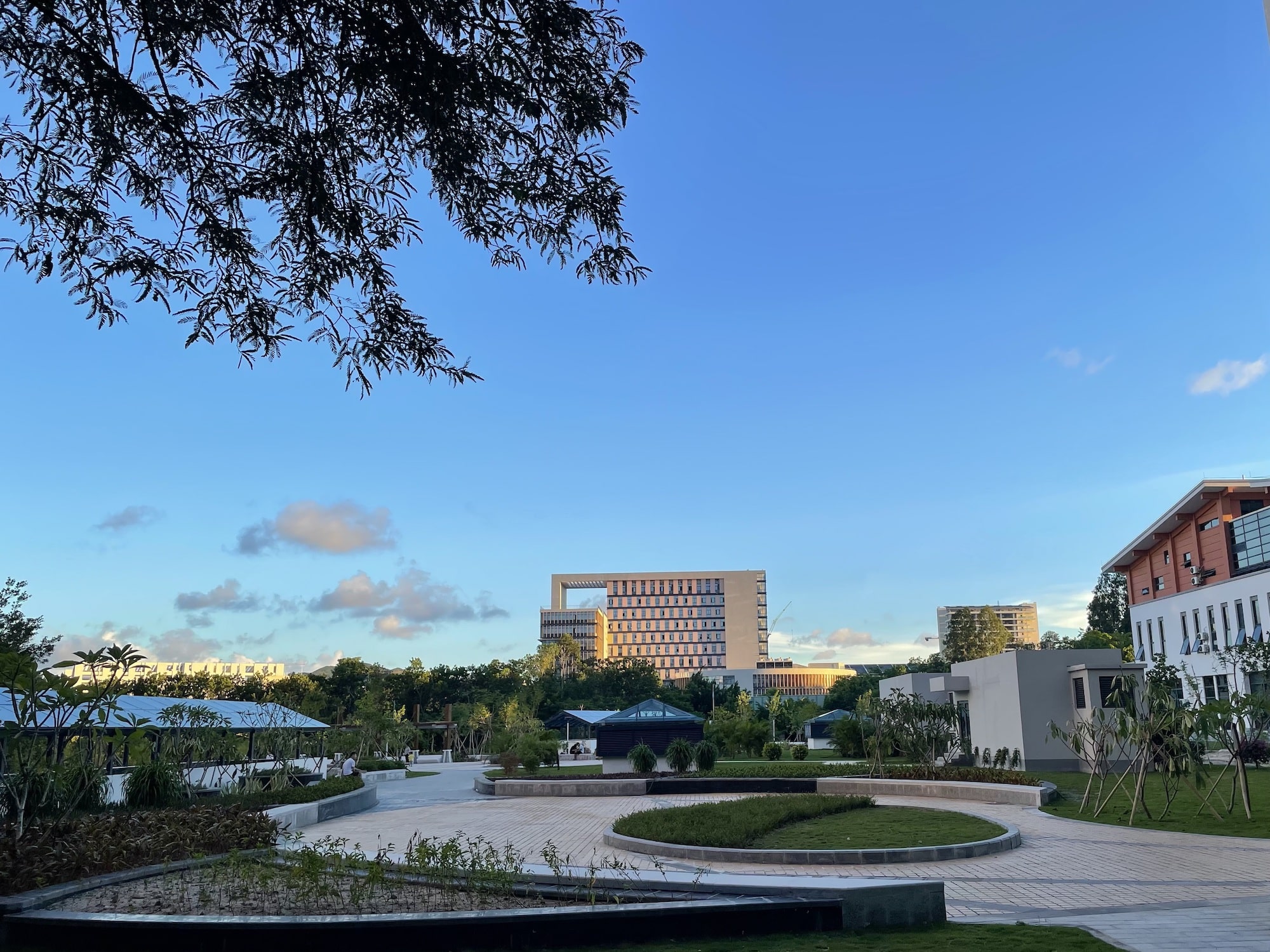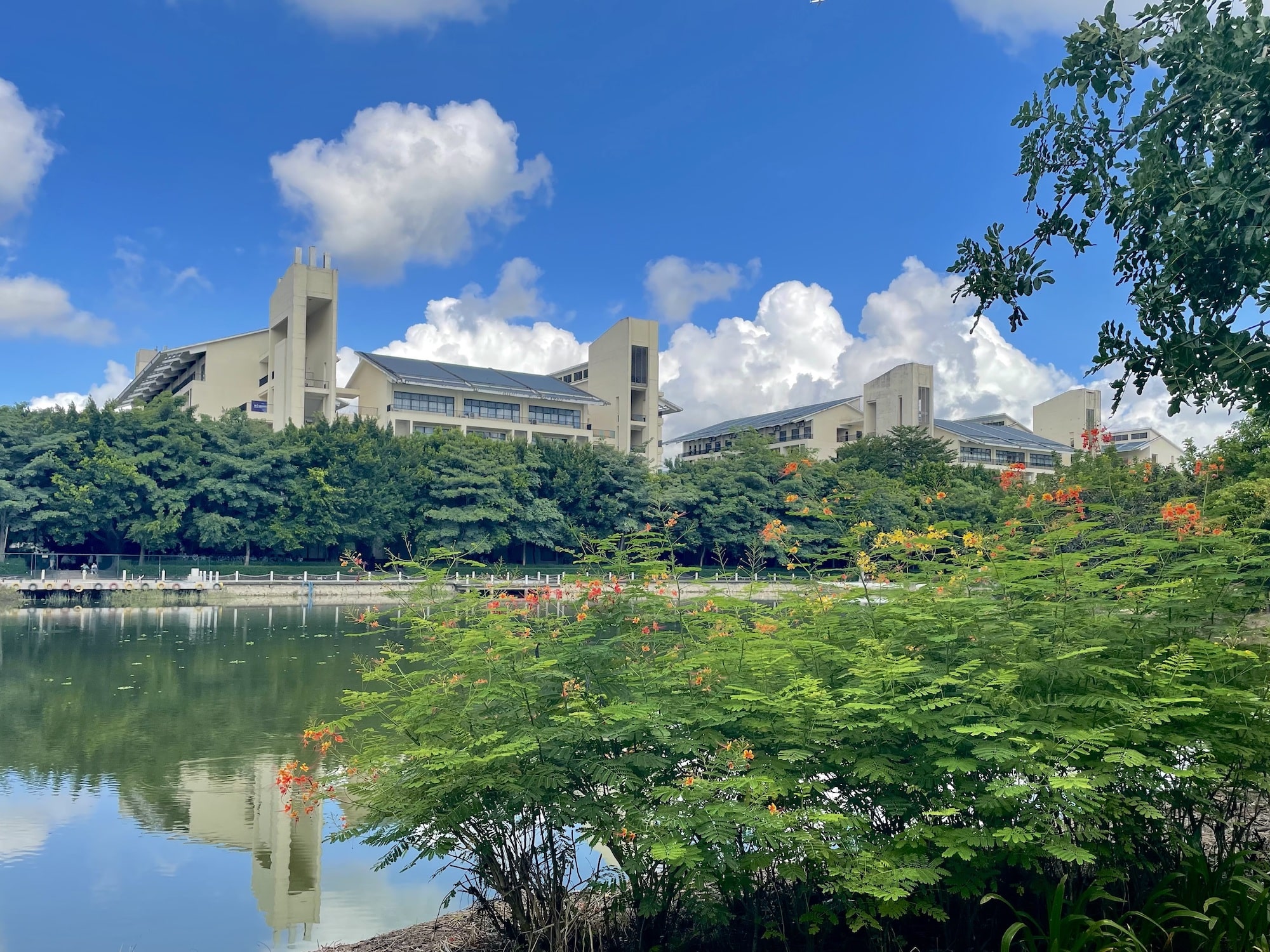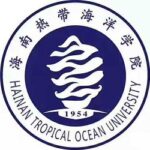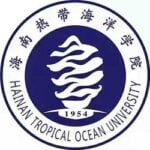
Hainan Tropical Ocean University
About Company
Hainan Tropical Ocean University (HTOU), located in Sanya City, Hainan Province, is a full-time public undergraduate provincial university jointly built by the Ministry of Natural Resources of the People’s Republic of China, Hainan Provincial People’s Government, China National Offshore Oil Corporation, Sanya Municipal People’s Government and Sansha Municipal People’s Government, and is a member of the Ministry of Foreign Affairs and the Ministry of Education It is the “China-ASEAN Education and Training Center”, the “Education Aid Base” of the Ministry of Education, the training base for the inheritance of China’s intangible cultural heritage, and a Chinese member institution of the Shanghai Cooperation Organization University. The university is supported by China Ocean University.
The school was formerly known as Hainan Li and Miao Autonomous Prefecture Normal School and Hainan Li and Miao Autonomous Prefecture Normal College, both founded in 1954 and 1958 respectively by Guangdong Province; in 1993, Qiongzhou University was formed by the merger of Hainan Tong Shi Normal College and Hainan Tong Shi College of Education; in 2006, it was upgraded to an undergraduate institution and renamed Qiongzhou College, and in April of the same year, Hainan National Normal School was incorporated into Qiongzhou College; in 2009, the main campus of the school was moved from Wuzhishan City to Sanya City; in September 2015, it was renamed Hainan Tropical Ocean College; in December 2018, the Hainan Academy of Marine and Fishery Sciences was transferred under the management of the school.
As of November 2022, the school has two campuses in Sanya and Wuzhishan, with a campus area of more than 2,200 acres, a total construction area of 532,900 square meters, a total fixed asset value of 197,718,200 yuan, and a total value of 191,122,400 yuan of teaching and research instruments and equipment; there are 19 secondary colleges, offering 55 undergraduate majors, 2 undergraduate majors in Sino-foreign cooperation, and 9 specialist majors. There are 2 master’s degree authorization points in first-level disciplines and 10 professional degree authorization fields; more than 1,450 teaching staff, including more than 851 full-time teachers, and more than 18,548 full-time students, including 206 master’s degree students, 15,429 undergraduate students, 2,878 specialist students and 35 international students.

